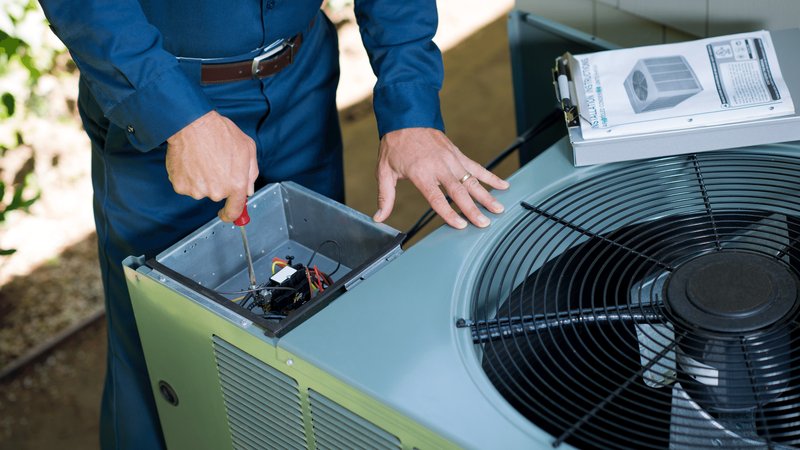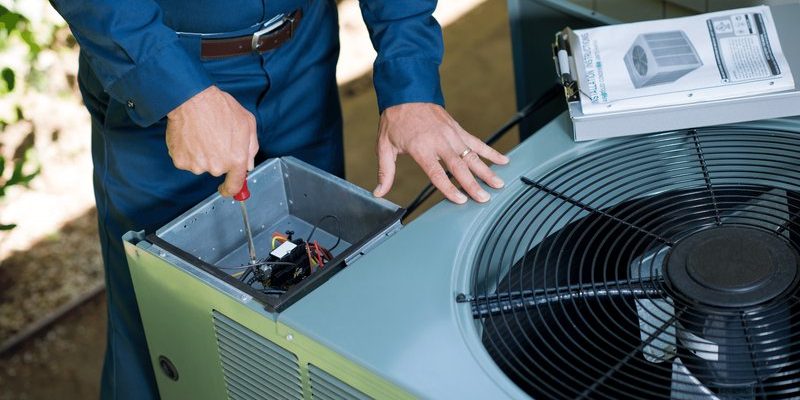
Missing the registration deadline for your Goodman HVAC isn’t some obscure issue—it’s pretty common. It’s a bit like missing the registration for that big marathon you were planning to train for: you meant to, you were excited, but somehow, it slipped through the cracks. And now you’re left wondering whether you can fix it, or if you’re really stuck with limited protection. Let me break down exactly what your options are, what happens next, and what you can realistically do about it.
Understanding Goodman HVAC Warranty Registration
Here’s the thing: Goodman, like most major HVAC brands, offers a standard warranty right out of the box. But there’s a catch. In order to unlock the *full* extended parts warranty—often up to 10 years—you need to register your Goodman system within a set window, usually 60 days after installation. It’s a bit like downloading a new app: sure, you can use it without creating an account, but all the coolest features stay locked unless you officially sign up.
If you miss the registration deadline, your system defaults to a much shorter warranty, usually five years. That might sound okay-ish at first, but consider how long these systems are meant to last. It’s like getting half a sandwich when you expected the whole meal! So, what can you do if you missed the window? Can you sync up with Goodman and retroactively activate that longer warranty? Or is it a lost cause?
Why HVAC Warranty Registration Matters
You might be wondering, “Is a warranty really such a big deal?” Honestly, it can save you a ton of money and headaches down the road. HVAC parts and repairs aren’t cheap. Without a strong warranty, you could be left footing the bill for expensive components like compressors or circuit boards—all of which can add up quickly.
A properly registered warranty doesn’t just cover parts. Depending on the model and where you live, certain extended coverages kick in, often with less hassle. It’s basically like having a safety net while you’re walking a tightrope—there’s comfort in knowing you’re covered if something goes sideways. And since Goodman uses specific codes to link your unit and registration, there’s no quick “reset” or workaround if you miss your chance. That’s why that initial window matters so much.
What Happens If You Miss the Goodman HVAC Registration Deadline?
Let me explain how this typically shakes out. If you didn’t register your Goodman HVAC system within the specified time—usually 60 days from installation—the extended warranty shrinks. Instead of 10 years of coverage, you’re likely looking at just 5 years on most major parts, and sometimes less for certain components.
The short version: the clock keeps ticking, and you can’t “reset” it just by calling up Goodman or trying to pair your remote system again.
You might think there’s an exception for honest mistakes or “I didn’t know the rules!” pleas. Unfortunately, manufacturers rarely make exceptions unless your installer is willing to vouch for an error on their end. In many cases, everything is coded into their system pretty tightly. It’s not just a paperwork thing—it’s how Goodman is able to track, troubleshoot, and support your system in the future. So while it’s frustrating, the missed deadline is usually firm.
Are There Any Options to Recover Your Goodman Warranty?
Here’s where a little troubleshooting and persistence might pay off. While Goodman’s official policy is pretty strict, there are a few steps you can take if you missed the registration for your HVAC system:
- Contact your original installer: Sometimes, HVAC companies register systems on your behalf, or they have contacts at Goodman who can escalate unique cases. If a paperwork error happened *on their end*, they might be able to help.
- Call Goodman customer support: It never hurts to try. Explain your situation kindly and provide your serial number, installation date, and details. They might not bend the rules, but they’ll tell you exactly where you stand—and note your file.
- Check for local or extended service contracts: Some dealers or HVAC pros sell separate extended service plans that can fill the warranty gap. These may not be the same as Goodman’s manufacturer coverage, but they’re better than nothing.
- Review your installation documents: Sometimes, the system *was* registered by your contractor, and you just never got the confirmation email. Double-check everything before stressing out.
It’s rare to get your full 10-year coverage retroactively, but every so often, a well-made, polite case unlocks an exception—especially if there was some sort of error in the pairing or sync process in Goodman’s records.
What Your Goodman HVAC Warranty Covers (And What It Doesn’t)
Let’s take a quick look at what’s actually at stake. Here’s a rough breakdown of Goodman’s standard vs. extended warranty:
| Coverage | Without Registration | With Registration (On Time) |
|---|---|---|
| Major Parts (Compressor, Coil, etc.) | 5 Years | 10 Years |
| Labor | Not Included | Not Included (Typically) |
| Warranty Transferability | Usually Not Allowed | Sometimes Allowed (If Registered) |
Notice that labor is rarely covered either way—only the actual parts. If your circuit board, code module, or remote interface fails, you’ll often have to pay out of pocket for a technician’s time, even if the part itself is covered. On the bright side, most failures in the early years are part-related, so even the default 5-year coverage is better than nothing.
Comparing Manufacturer vs. Third-Party Warranties
Let’s say the registration ship has sailed. What now? You might wonder if a third-party warranty or home service contract could fill the gap. Here’s how these compare:
- Manufacturer warranties (like Goodman’s): Only cover original factory parts. Claims are more straightforward, but registration and deadlines are strict.
- Third-party or home warranty plans: Sometimes cover both parts and labor, but usually add monthly or yearly costs. They’re handy if you want broader coverage—think of them as a universal “reset” for general appliance protection.
If you’re feeling stuck, talk to local HVAC companies—many offer in-house extended service plans that sync with regular maintenance visits. These aren’t the same as Goodman’s own code-based warranty, but they’ll help manage costs if you ever run into a major issue.
Preventing Problems With Future HVAC Registrations
Here’s a lesson you don’t want to repeat: always register your new HVAC systems right away, no matter the brand. The process is usually quick—just a matter of finding your serial number, installation date, and using the Goodman website or calling their hotline. Think of it like setting up two-factor authentication for your email: a tiny hassle upfront, but a lifesaver if trouble pops up later.
A few simple tips:
- Ask your installer: Have them confirm in writing, or email you, that your Goodman HVAC was registered—never just “assume.”
- Set a calendar reminder: If waiting for paperwork, schedule a note on your phone to register as soon as possible.
- Keep all related documents: Save registration confirmations, receipts, and serial numbers in one folder for easy troubleshooting.
Trust me, future-you will thank you if something goes wrong two years down the line.
Final Thoughts: Making the Most of Your Goodman HVAC
Missing the registration window for your Goodman HVAC system definitely isn’t fun. But it’s not the end of the world, either. You’ll still have some factory coverage for a few years, and there are ways to soften the blow—whether it’s talking to your installer, looking for third-party coverage, or just keeping up with regular maintenance to prevent breakdowns in the first place.
At the end of the day, a well-maintained HVAC system is still a great investment—even if you only have the default warranty. Stay organized, save your paperwork, and don’t be afraid to advocate for yourself with Goodman or your installer if you think something’s not right. And next time, think of registration as the simple “pairing code” that unlocks all the best features of your system, right from the start.
So, take a deep breath, review your options, and make the most out of your Goodman HVAC—no matter when you got around to that little task. Happy heating and cooling!
